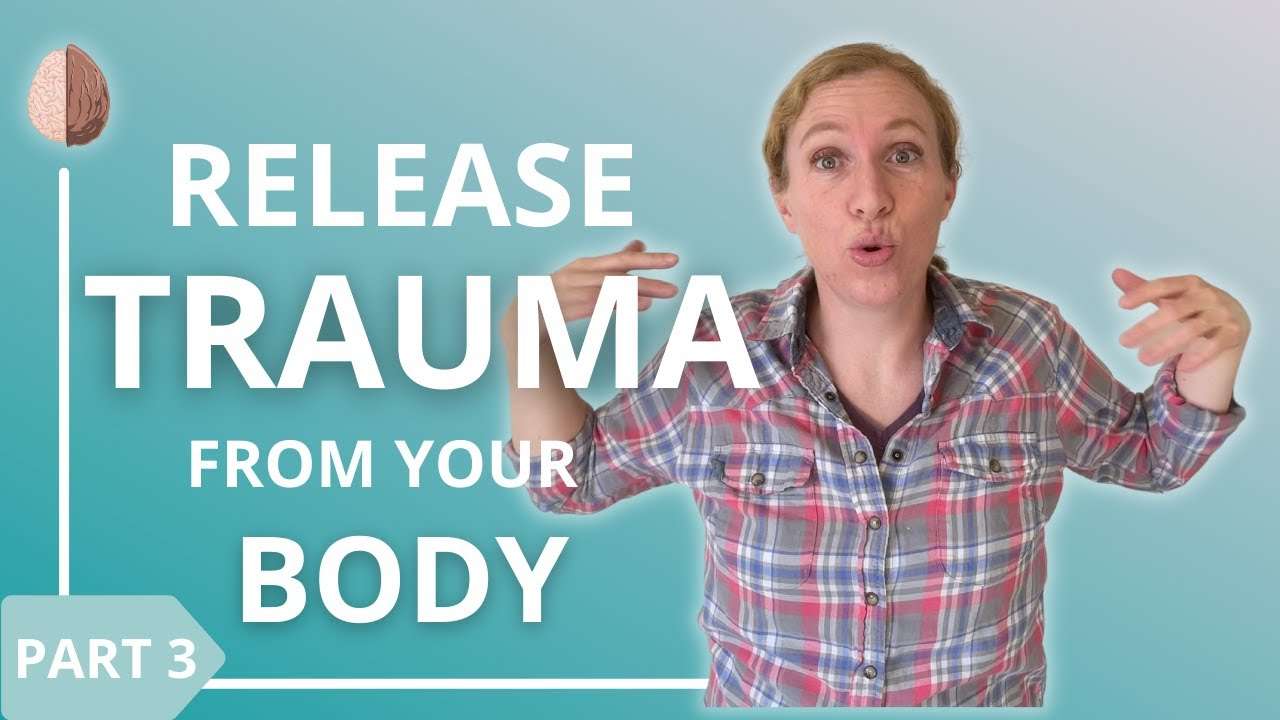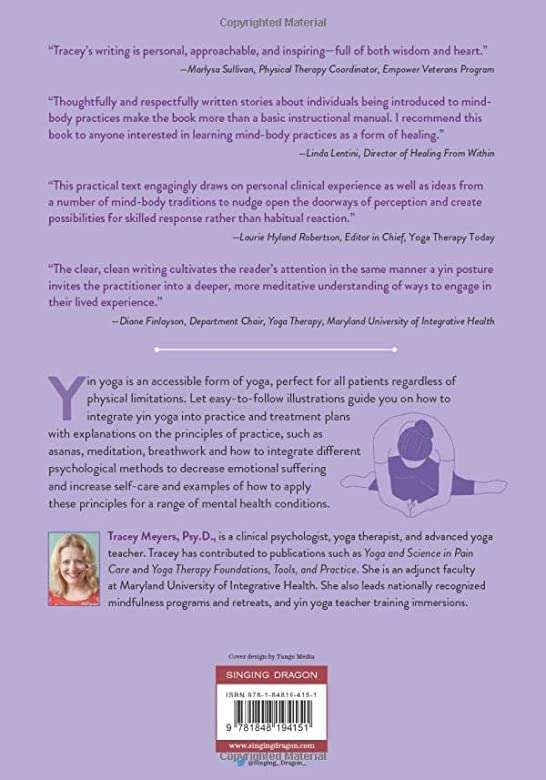So quick review: when you experience something threatening or dangerous or just witness something happening to someone else, your brain activates the fight/flight/freeze response — essentially the survival mode — in the reptile part of your brain.
This response helps keep you safe. It shuts down thinking, it releases a surge of hormones like cortisol and adrenaline, and it sends blood to the big muscles so you can fight or run away. This gets your heart pounding. It speeds up your breathing. And all of this is so that you’re prepared to take physical action to stay safe.
And then after the threat has passed, your nervous system should go back into restorative mode, the rest-and-digest mode.
But with PTSD, something interferes with your ability to feel safe. Your brain and your body stay stuck in this mode, so even when you’re safe, your brain and your body stay tense. They’re on high alert. And you don’t ever or don’t often revert back to that restorative mode.
So when trapped in a constant trauma response, people with PTSD experience four types of difficult symptoms. These include:
-
Painful thoughts (which is like upsetting memories, flashbacks, and memory loss)
-
Intense emotions (feeling helpless, anxious, ashamed, scared, jumpy, angry, feeling blame or persistent negativity, or just feeling numb)
-
Bodily changes (so these include increased heart rate, feeling jittery or on edge, startling easily, unexpected rage or tears, short and shallow breathing, panic attacks, insomnia, or nightmares)
-
Behavioral changes (so this is usually avoidance of anything related to the trauma or its memories)
Now, these symptoms show up because after experiencing trauma, your brain changes on a physical level. Now this isn’t simply damage as people would perhaps think, but it’s your brain adapting to the experience that the world isn’t safe. And in my opinion, it’s your brain taking measures to help you avoid future dangers. So essentially your brain makes you more danger-avoidant.
Your brain is super moldable. It adapts and it rewires depending on what we experience and how we use our brain.
So when we experience trauma, here are four ways that the brain changes or adapts after that experience.
So the second level of trauma is being stuck in the fight-or-flight state or the sympathetic state. And this can look like anxiety, hyperactivity, hypervigilance, over-sensitivity. So your body is mobilized to manage threats.
So most of the time when Mary came into the office, she was stuck in this mode. Her hands jiggled, her legs jiggled, her hands never stopped moving. She had a hard time concentrating. She was jumpy. She didn’t sleep well.
So in this stage we worked on soothing her nervous system. We practiced tapping, slow breathing, yawning, stretching. Sometimes we danced or yelled. And once she was triggered, she learned to calm down and get centered in her body.
Sometimes she would use a grounding skill or she would hold a heavy object, but each of these activities gradually helped her feel a sense of calm.
The third state is the ventral vagal state. This is the safety-and-connection state. Some people call it rest and digest. Others call it feed and breed.
But this is the state, it’s where your body rests, it heals, but it also gets excited and engaged. You experience joy. Your blood pressure drops, your body relaxes. This is the most flexible state. It can be playful, adaptive, curious. You can connect to others. It’s both active and restful.
As therapy with Mary progressed, she spent more and more time in this state, and she was able to process through and resolve some of her painful memories.
We also started doing some work with Mary and her husband. So he would come in, and they would talk about trauma or some problem in her family. And then if she got upset, Mike would soothe her. He would look her in the eyes and tell her, “It’s going to be okay.” And he would hold her hand or he would hug her.
Now, eye contact and hugs actually change brain chemistry. They release oxytocin, which is one of the attachment hormones. And they send a message to your nervous system that you are safe. Mary and Mike would cry together and they would laugh together, but they were safe together. He treated her well, and they worked that healing process together.
So you really can learn to release trauma from your body by retraining the nervous system to spend more time in that state of safety. And just to overview some of the body-based treatments for each state, here are seven ways to restore a sense of safety to your body. And I’ve got videos on each of these if you want to learn and practice each exercise.
So the first one is perceived safety. You say, “In the present moment, I’m actually safe.” The exercises are all about reorienting to the present and grounding with the five senses.
Number two is connecting with your body: patting your legs, patting your hands, tapping — just reconnecting with your body movement.
Number three is taking the body through its cycles — shaking, dancing, exercise, yoga, laughter. So if you’re feeling tense, let yourself tense. If you’re feeling shaky, exaggerate those shakes. Your body’s trying to tell you something and have you work through and resolve something inside of it.
The next level is to soothe the body, so to go from an activated state to a calming state. You can use your five senses. You can use gentle breathing. You can use progressive muscle relaxation or paced breathing.
And then you can learn to turn on the parasympathetic response. You can try exercises like the yawn, softening your gaze, pelvic-floor relaxation, and deep breaths. And basically any activity that regulates breathing, like swimming or playing a wind instrument, each of these can help turn on that parasympathetic response as well.
And then connect with others who make you feel safe. Eye contact, hugs, listening to the human voice, looking at an expressive face, emotional intimacy, sexual intimacy — these all trigger a chemical change in your body.
And then after we soothe the body, we’re going to engage in cognitive reprocessing of trauma: drawing, talking, writing. When your body’s in a state of calm, you can work through the old, painful memories and sensations and essentially reinterpret them from your new sense of safety.
So for example, “That hurt really bad when I was little. It wasn’t my fault. And now I’m an adult and I’m safe,” etc.
I hope this was helpful. Thank you for reading, and take care.
If you want to go deeper, check out my courses here: https://courses.therapyinanutshell.com/
or check out my Improve your Self-Esteem Course below!
So here is my favorite PTSD book. It’s Healing Trauma by Peter Levine. Now, I often don’t have a copy of this to show — I just bought this new one — because I’m constantly giving this book to people and then buying another.
It’s an awesome book. It explains how trauma gets trapped in the body and how you can process through it and heal. It’s also a really short read. It’s got gentle examples and some easy exercises.
It’s my number one because it’s very accessible, it’s very easy to read, it’s not very triggering, and it comes with a CD, with exercises to help you start healing your relationship with your body.
Check out my FREE online course- Grounding Skills for PTSD, Stress and Anxiety: https://courses.therapyinanutshell.com/store
Hey, everyone! I love to read and learn more about how to treat trauma and PTSD, so I thought I’d share my favorite books about recovering from trauma and PTSD. #1. Ok, here’s my favorite PTSD Self-Help book: -Healing Trauma by Peter Levine. Awesome book explaining how trauma gets trapped in the body and how you can process through it and heal. A short read with gentle examples and some easy exercises. It’s my number one book about overcoming PTSD and trauma because it’s very accessible, not very triggering, easy to understand and comes with exercises to start healing your relationship with your body. #2 The body keeps the score by Bessel Van Der Kolk. Dr. Van Der Kolk has done so much research on effective treatments for PTSD and childhood trauma, and in this dense book he outlines how trauma impacts the brain, mind and body. Bessel explains what effective treatments are available, and gives some clear insights into actions both individuals and society as a whole can do to prevent and treat trauma, including childhood trauma. Includes a lot of detailed stories that could be quite triggering. This book has spent 74 weeks on Amazon’s top 20 nonfiction books and with good reason, it’s just a really good, really comprehensive approach to trauma. #3. The Transformation by Dr. James Gordon Written by a compassionate doctor who understands the biological and medical aspect of trauma treatment, but also the importance of dancing, laughing and pets as part of healing, this book is an excellent holistic approach to treating the body, mind and the heart after trauma. #4. Moving Beyond Trauma by Ilene Smith #5. Getting past your past by Francine Shapiro #6. I know why the caged bird sings- Maya Angelou #7. Man’s search for meaning- Viktor Frankl #8. My Story- Elizabeth Smart #9. Pete Walker- CPTSD-From Surviving to Thriving #10. What happened to you- Oprah
Looking for affordable online counseling? My sponsor, BetterHelp, connects you to a licensed professional from the comfort of your own home. Try it now for 10% off your first month: https://betterhelp.com/therapyinanutshell
Learn more in one of my in-depth mental health courses: https://courses.therapyinanutshell.com/store
Support my mission on Patreon: https://www.patreon.com/therapyinanutshell
Sign up for my newsletter: https://www.therapyinanutshell.com?utm_medium=YTDescription&utm_source=YouTube
Check out my favorite self-help books: https://kit.co/TherapyinaNutshell/best-self-help-books
Therapy in a Nutshell and the information provided by Emma McAdam are solely intended for informational and entertainment purposes and are not a substitute for advice, diagnosis, or treatment regarding medical or mental health conditions. Although Emma McAdam is a licensed marriage and family therapist, the views expressed on this site or any related content should not be taken for medical or psychiatric advice. Always consult your physician before making any decisions related to your physical or mental health. In therapy I use a combination of Acceptance and Commitment Therapy, Systems Theory, positive psychology, and a bio-psycho-social approach to treating mental illness and other challenges we all face in life. The ideas from my videos are frequently adapted from multiple sources. Many of them come from Acceptance and Commitment Therapy, especially the work of Steven Hayes, Jason Luoma, and Russ Harris. The sections on stress and the mind-body connection derive from the work of Stephen Porges (the Polyvagal theory), Peter Levine (Somatic Experiencing) Francine Shapiro (EMDR), and Bessel Van Der Kolk. I also rely heavily on the work of the Arbinger institute for my overall understanding of our ability to choose our life’s direction.
And deeper than all of that, the Gospel of Jesus Christ orients my personal worldview and sense of security, peace, hop



